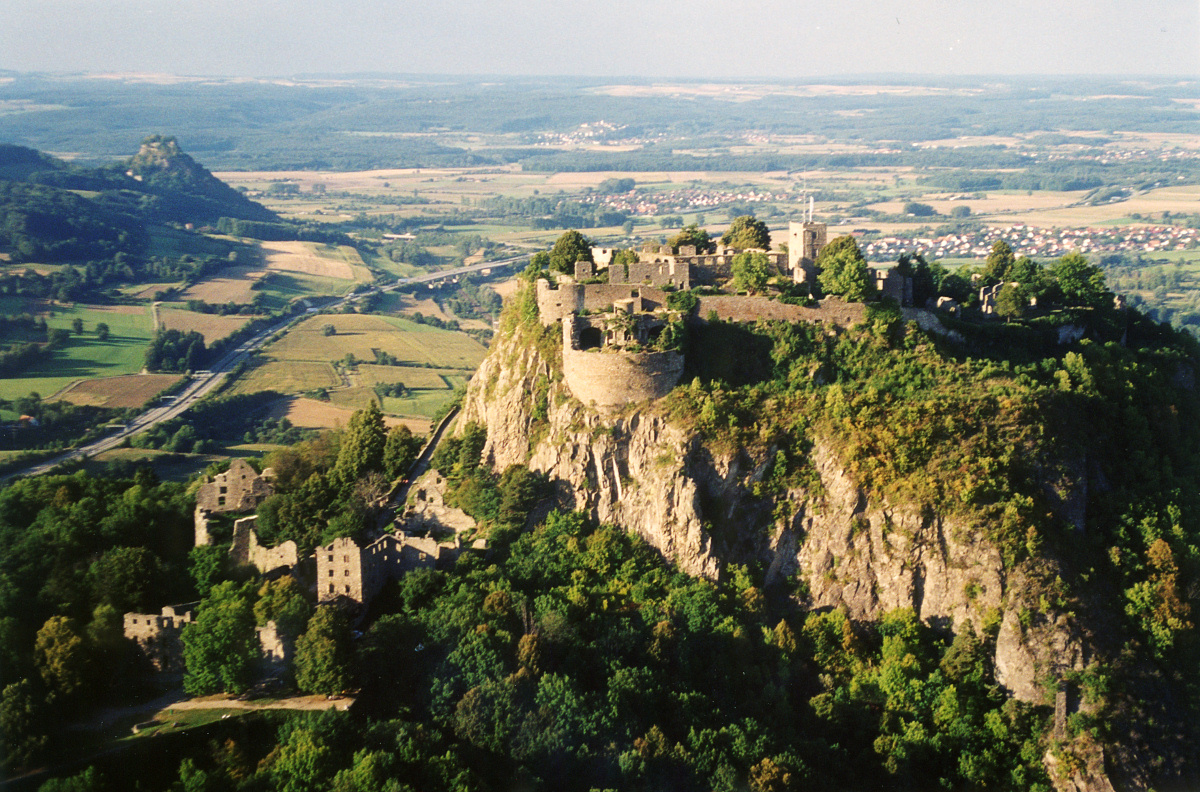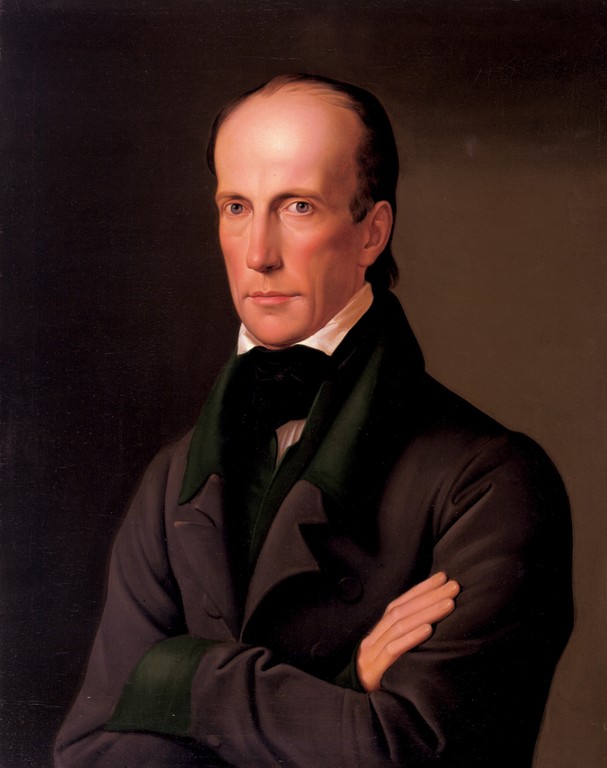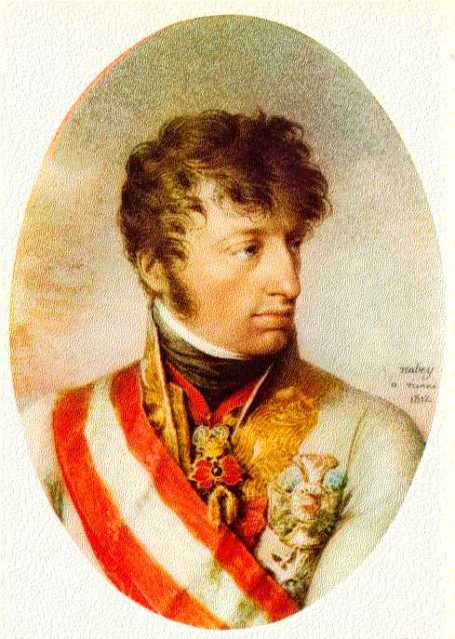|
Battle Of Hohenlinden
The Battle of Hohenlinden was fought on 3 December 1800 during the French Revolutionary Wars. A French First Republic, French army under Jean Victor Marie Moreau won a decisive victory over an Habsburg monarchy, Austrian and Electorate of Bavaria, Bavarian force led by 18-year-old Archduke John of Austria. The allies were forced into a disastrous retreat that compelled them to request an armistice, effectively ending the War of the Second Coalition. Hohenlinden is 33 km east of Munich in modern Germany. General of Division Moreau's 56,000-strong army engaged some 64,000 Austrians and Bavarians. The Austrians, believing they were pursuing a beaten enemy, moved through heavily wooded terrain in four disconnected columns. Moreau ambushed the Austrians as they emerged from the Ebersberg forest while launching Antoine Richepanse's division in a surprise envelopment of the Austrian left flank. Displaying superb individual initiative, Moreau's generals managed to encircle and smas ... [...More Info...] [...Related Items...] OR: [Wikipedia] [Google] [Baidu] |
The Battle Of Hohenlinden
''The Battle of Hohenlinden'' (French: ''Bataille de Hohenlinden'') is an 1836 history painting by the French artist Henri Frédéric Schopin. It depicts the Battle of Hohenlinden fought on 3 December 1800 near Munich during the French Revolutionary Wars, where Jean Victor Marie Moreau led the Army of the Rhine of the French Republic to victory over the combined armies of Habsburg Monarchy, Austria and Electorate of Bavaria, Bavaria. Moreau is in the centre of the composition which also features Emmanuel de Grouchy, marquis de Grouchy, Emmanuel de Grouchy, Michel Ney and Antoine Richepance. During the July Monarchy of the 1830s, Louis Philippe I oversaw the restoration of the Palace of Versailles as a Musée de l'Histoire de France (Versailles), history museum. A large number of works were commissioned from leading artists for the reopened palace. Schopin was paid an initial 10,000 French Francs, Francs in 1835 and a further 2,000 Francs the following year. The painting was exhibi ... [...More Info...] [...Related Items...] OR: [Wikipedia] [Google] [Baidu] |
Battle Of Winterthur
The Battle of Winterthur (27 May 1799) was an important action between elements of the Army of the Danube and elements of the Habsburg army, commanded by Friedrich Freiherr von Hotze, during the War of the Second Coalition, part of the French Revolutionary Wars. The small town of Winterthur lies northeast of Zürich, in Switzerland. Because of its position at the junction of seven roads, the army that held the town controlled access to most of Switzerland and points crossing the Rhine into southern Germany. Although the forces involved were small, the ability of the Austrians to sustain their 11-hour assault on the French line resulted in the consolidation of three Austrian forces on the plateau north of Zürich, leading to the French defeat a few days later. By mid-May 1799, the Austrians had wrested control of parts of Switzerland from the French as forces under the command of Hotze and Count Heinrich von Bellegarde pushed them out of the Grisons. After defeating Jean-Bapti ... [...More Info...] [...Related Items...] OR: [Wikipedia] [Google] [Baidu] |
Armistice
An armistice is a formal agreement of warring parties to stop fighting. It is not necessarily the end of a war, as it may constitute only a cessation of hostilities while an attempt is made to negotiate a lasting peace. It is derived from the Latin ''arma'', meaning "arms" (as in weapons) and ''-stitium'', meaning "a stopping". The United Nations Security Council often imposes, or tries to impose, ceasefire resolutions on parties in modern conflicts. Armistices are always negotiated between the parties themselves and are thus generally seen as more binding than non-mandatory UN cease-fire resolutions in modern international law. An armistice is a '' modus vivendi'' and is not the same as a peace treaty, which may take months or even years to agree on. The 1953 Korean War Armistice Agreement is a major example of an armistice which has not been followed by a peace treaty. An armistice is also different from a truce or ceasefire, which refer to a temporary cessation of ho ... [...More Info...] [...Related Items...] OR: [Wikipedia] [Google] [Baidu] |
French Revolutionary Wars
The French Revolutionary Wars () were a series of sweeping military conflicts resulting from the French Revolution that lasted from 1792 until 1802. They pitted French First Republic, France against Kingdom of Great Britain, Great Britain, Habsburg monarchy, Austria, Kingdom of Prussia, Prussia, Russian Empire, Russia, and several other countries. The wars are divided into two periods: the War of the First Coalition (1792–1797) and the War of the Second Coalition (1798–1802). Initially confined to Europe, the fighting gradually assumed a global dimension. After a decade of constant warfare and aggressive diplomacy, France had conquered territories in the Italian peninsula, the Low Countries, and the Rhineland with its very large and powerful military which had been totally mobilized for war against most of Europe with mass conscription of the vast French population. French success in these conflicts ensured military occupation and the spread of revolutionary principles over mu ... [...More Info...] [...Related Items...] OR: [Wikipedia] [Google] [Baidu] |
Battle Of Ampfing (1800)
At the Battle of Ampfing on 1 December 1800, Paul Grenier's two divisions of the First French Republic opposed the Austrian army southwest of the town of Ampfing during the French Revolutionary Wars. The Austrians, under the leadership of Archduke John of Austria, forced their enemies to retreat, though they sustained greater losses than the French. Ampfing is located east of Munich and west of Mühldorf am Inn. In Spring 1800, while Moreau wrecked Austrian defenses in Germany, Generals Massena and Desaix ran into stiff Austrian offensives in Northern Italy. In June, Napoleon brought in the reserve corps and defeated the Austrians at Marengo. On the Danube, the decisive Battle of Höchstädt, followed by success at Battle of Neuburg a few days later, allowed the French to take Munich and to control the Danube and its tributaries as far as Ingolstadt. With the French pressing on Austria from the north and through Italy, a truce ended hostilities for the rest of th ... [...More Info...] [...Related Items...] OR: [Wikipedia] [Google] [Baidu] |
Battle Of Neuburg (1800)
The Battle of Neuburg occurred on 27 June 1800 in the south German state of Bavaria, on the southern bank of the Danube river. Neuburg is located on the Danube between Ingolstadt and Donauwörth. This battle occurred late in the War of the Second Coalition (1798–1802), the second war between Revolutionary France and the conservative European monarchies, which included at one time or another Britain, Habsburg Austria, Russia (until late 1799), the Ottoman Empire (Turkey), Portugal and Naples. After a series of reverses, several of the allies withdrew from the Coalition. By 1800, Napoleon's military victories in northern Italy challenged Habsburg supremacy there. French victories in the upper Danubian territories opened a route along that river to Vienna. In a series of battles in what is now southern Germany, the French pushed the combined Austrian and Coalition force back, first capturing Stockach, then Meßkirch, then Biberach. After his loss at Biberach, the Coali ... [...More Info...] [...Related Items...] OR: [Wikipedia] [Google] [Baidu] |
Battle Of Höchstädt (1800)
The Battle of Höchstädt was fought on 19 June 1800 on the north bank of the Danube near Höchstädt, and resulted in a French victory under General Jean Victor Marie Moreau against the Austrians under Baron Pál Kray. The Austrians were subsequently forced back into the fortress town of Ulm. Instead of attacking the heavily fortified, walled city, which would result in massive losses of personnel and time, Moreau dislodged Kray's supporting forces defending the Danube passage further east. As a line of retreat eastward disappeared, Kray quickly abandoned Ulm, and withdrew into Bavaria. This opened the Danube pathway toward Vienna. The Danube passage connecting Ulm, Donauwörth, Ingolstadt and Regensburg had strategic importance in the ongoing competition for European hegemony between France and the Holy Roman Empire; the army that commanded the Danube, especially its passage through Württemberg and Bavaria, could command access to the important cities of Munich and th ... [...More Info...] [...Related Items...] OR: [Wikipedia] [Google] [Baidu] |
Battle Of Biberach (1800)
The Battle of Biberach on 9 May 1800 saw a French First Republic corps under Laurent Gouvion Saint-Cyr engage part of a Habsburg Austrian army led by Pál Kray. After an engagement in which the Austrians suffered twice as many casualties as the French, Kray withdrew to the east. The combat occurred during the War of the Second Coalition, part of the French Revolutionary Wars. Biberach an der Riss is located southwest of Ulm. In late April 1800, a French army under the command of Jean Victor Marie Moreau crossed the Rhine river near Basel. At Stockach and Engen on 3 May, Moreau captured Kray's base of supplies and forced him into retreat. Two days later, Kray confronted his pursuers at Battle of Messkirch but was beaten again. On the 9th, the corps of Gouvion Saint-Cyr caught up with a part of Kray's army and the two sides battled again. Background Although the First Coalition forces achieved several initial victories at Verdun, Kaiserslautern, Neerwinden, Mainz, Am ... [...More Info...] [...Related Items...] OR: [Wikipedia] [Google] [Baidu] |
Battle Of Messkirch
The Battle of Messkirch (5 May 1800) saw a Republican French army led by Jean Victor Marie Moreau attack a Habsburg Austrian army commanded by Paul Kray. At the start of the 1800 campaign in Germany, Moreau's 108,000-strong field army faced Kray's 120,000-man army on opposite sides of the Rhine River. By a series of maneuvers, Moreau crossed the Rhine and concentrated superior forces to defeat Kray at the Battles of Stockach and Engen on 3 May. After Kray retreated a short distance to the north, the two adversaries met again at Meßkirch. After a well-contested fight, Kray withdrew again, conceding victory to the French. Overview ''See the Messkirch 1800 Order of Battle for details of the French and Austrian armies in the campaign.'' On 25 April 1800, the French '' Armée d'Allemagne'', under Jean Victor Marie Moreau, crossed the Rhine River at Kehl and Schaffhausen. The 1st Demi-Brigade, of the Corps led by Laurent de Gouvion-Saint-Cyr, conquered St. Georgen and ... [...More Info...] [...Related Items...] OR: [Wikipedia] [Google] [Baidu] |
Battle Of Wiesloch (1799)
The Battle of Wiesloch () occurred on 3 December 1799, during the War of the Second Coalition, part of the French Revolutionary Wars. Lieutenant Field Marshal Anton Count Sztáray de Nagy-Mihaly commanded the far right wing protecting the main Austrian army in Swabia, under the command of Archduke Charles, Duke of Teschen. With the victory at Wiesloch (on 3 December), Sztáray's force drove the French from the right bank of the Rhine and relieved the fortress at Philippsburg Philippsburg () is a town in the district of Karlsruhe, Baden-Württemberg, Germany. History Before 1623, Philippsburg was known as "Udenheim". The city was a possession of the Bishop of Speyer from 1316 to 1803. The town is named after P .... References External linksWiesloch [...More Info...] [...Related Items...] OR: [Wikipedia] [Google] [Baidu] |
Battle Of Gotthard Pass
The battle of (the) Gotthard Pass, also known as the battle of the St. Gotthard Pass or the battle of the St. Gotthard (; 24 September 1799), saw an Imperial Russian army commanded by Field Marshal Alexander Suvorov supported by two Austrian brigades attack a French division under General of Division Claude Lecourbe. The same day brought clashes at the Oberalp Pass and Hospental ( archaic Hospital). The Austro-Russian army successfully captured the Gotthard Pass after stiff fighting on the first day. Suvorov's main body was assisted by a Russian flanking column led by Lieutenant General Andrei Rosenberg and a smaller Austrian flanking column under General-major Franz Xaver von Auffenberg. The next day, Suvorov's army fought its way north along the upper Reuss River valley past the ''Teufelsbrücke'' (Devil's Bridge) in Schöllenen Gorge. By 26 September the army reached Altdorf near Lake Lucerne. The term summarises a total of five battles or engagements between Airolo an ... [...More Info...] [...Related Items...] OR: [Wikipedia] [Google] [Baidu] |
Battle Of Mannheim (1799)
The Battle of Mannheim (18 September 1799) was fought between an Austrian army commanded by Archduke Charles, Duke of Teschen and a French army under Jacques Léonard Muller. Most of the French ''Army of the Rhine'' had retreated to the west bank of the Rhine River, leaving the division of to hold Mannheim on the east bank. Despite assistance by Michel Ney, Laroche's division was beaten and driven out of the city when attacked by Charles and a much superior force. The War of the Second Coalition action occurred in the city of Mannheim, today located in the state of Baden-Württemberg in southwest Germany about south of Frankfurt. In the summer of 1799, Muller's 18,000-man army had the mission of drawing Charles' Austrian army away from Switzerland, the central and western portions of which were held by André Masséna's army. Moving south from Mannheim, the ''Army of the Rhine'' laid siege to Philippsburg. Provoked by this threat to his strategic rear, Charles and 30,000 troop ... [...More Info...] [...Related Items...] OR: [Wikipedia] [Google] [Baidu] |







